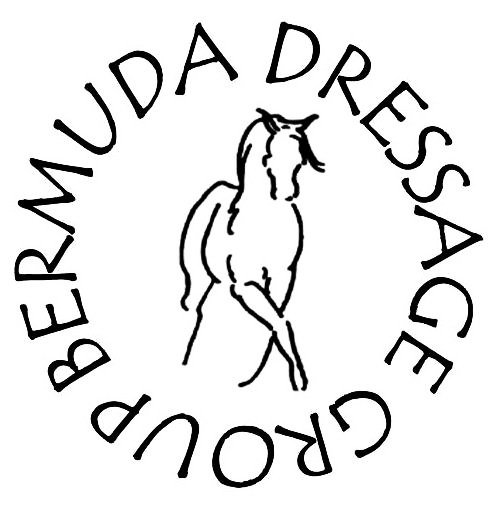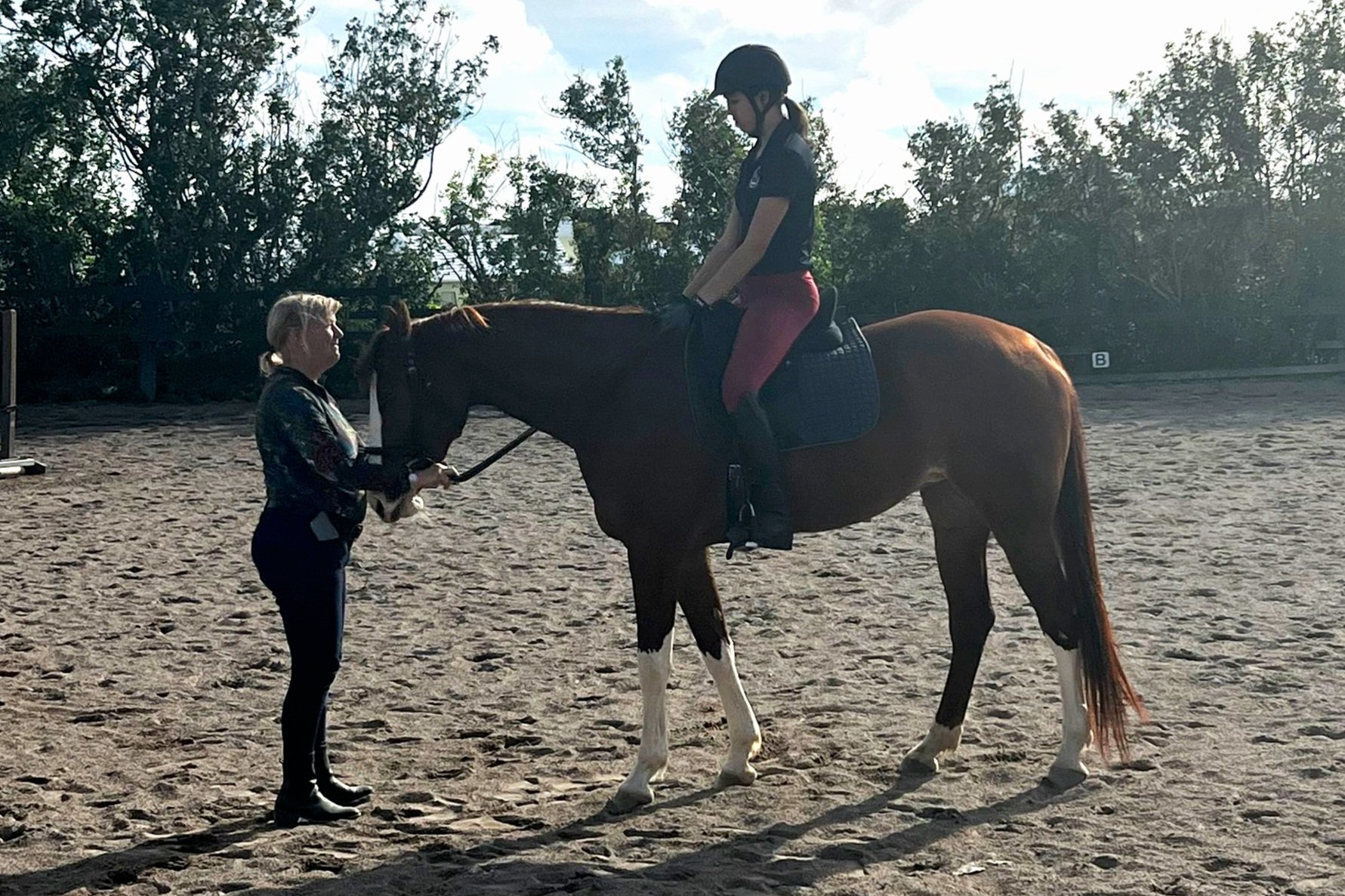An Interview with Sarah Geikie
First of all, I would like to take this moment to say how thankful we are to have had the chance to learn from Sarah, she is a very busy judge and trainer in the US with many years of experience!
Chatting with Sarah I asked her what was the most important message she would like to put forward to horse owners in Bermuda.
“Good riding is good riding and pertains to all disciplines, whether your goals are Grand Prix dressage, jumping a 3’ course, or riding a happy, safe, sound horse on the trail.”
So what is good riding?
Good riding is something in which the rider develops an independent seat which means he is balanced in all 3 gaits, he is not balancing on the horse’s mouth or the stirrups. The rider must sit symmetrically in the saddle with weight evenly distributed on both sides of the saddle. The rider learns to follow and move in harmony with the horses’ gaits, as compared to the rider who sits against the horse. In addition, the rider can apply the correct aids in rhythm and timing with the horse’s movement to develop the best response in the horse. Form and function go hand in hand to be a good rider. In other words, a good position is critical. Riders can take responsibility for learning because at the end of the day, it is the student’s responsibility to learn.
She went on to say: Dressage is a worldwide accepted training system for horses of ALL disciplines. It is a system that develops the horse’s whole body where he improves strength, balance, suppleness, ease of movement, and confidence in his job and in his rider.
The scale of training is a universal training system we use to guide our horses. This system incorporates a combination of the following elements:
Rhythm and tempo control
Suppleness / Looseness
Contact and Connection
Impulsion/willingness to move forward with pushing power from the hind legs (different from speed)
Straightness
Collection
A key aspect of this training is developing harmony between horse and rider.
What is harmony? Harmony involves a cooperative effort and synergy between horse and rider. The horse and rider work together as a team with mutual respect for each other, so the horse willingly accepts the request made by the rider. There is NO force or coercion in this kind of riding. So regardless of the intended discipline of the horse, it’s easy to see how important it is to develop trust between horse and rider!
In all countries of the world, dressage is recognized as providing the basic foundation of training for all horses including jumpers and eventers!
Success is in the details not only of riding but in everyday care and attention to your horse.
Important areas that every rider MUST pay attention to and manage are NO. 1 correct tack and FIT. I saw saddles that did not fit the horse and caused the horse pain. At home, my saddle fitter comes and checks the saddle fit every 3 months. Simply because a horse in training has a body that changes in shape continuously. Your saddle is your most important piece of equipment and must fit the horse and rider. An ill-fitting saddle can permanently damage the horse’s back. The same with bridles, they must fit comfortably over the poll of the horse, the cheek pieces must not lie on the TMJ causing pain and the browband must not sit tightly on the occipital bones causing headaches!
I saw bits that were far too strong for the horse and the horses were very uncomfortable.
Addressing these small details will bring about a HUGE improvement in your horse’s willingness to perform for you!
I encourage all of you, especially the younger generations, to seek out information readily available online! You are the future!


